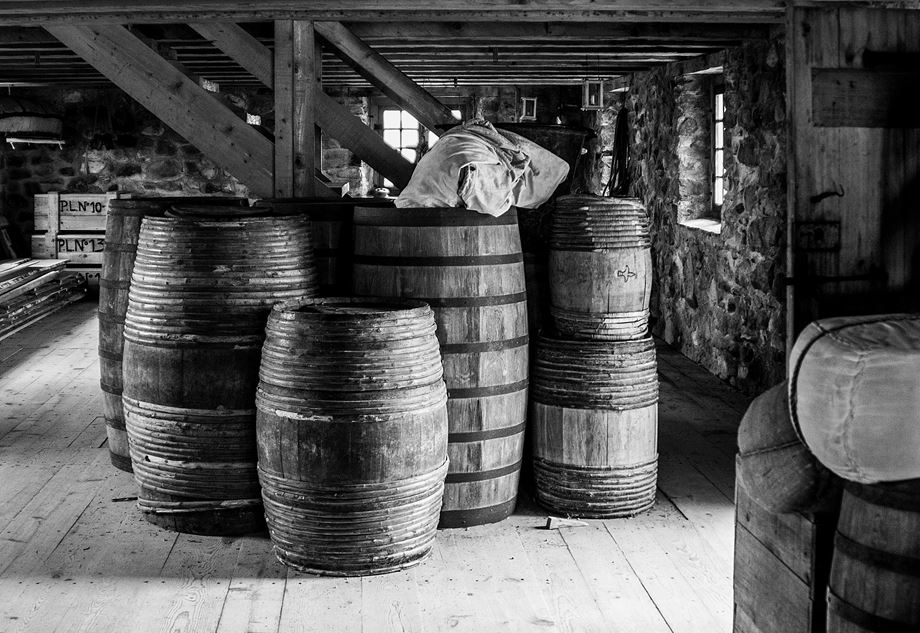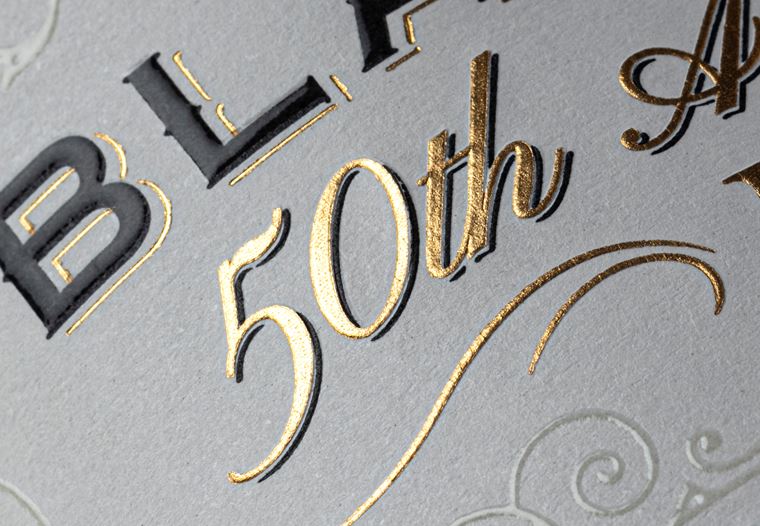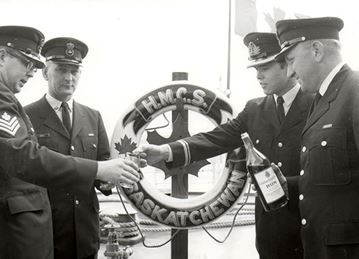

Tales of the Tot
The Burden of Proof

ABV VS. DEGREES - A MATHEMATICAL TALE
You may see on some old rum bottlings that the ABV is shown as a degrees symbol (°) rather than the modern standard of ABV%. The degrees system like all imperial measurements, requires a certain level of arithmetic to work out. For example, if a bottle says 70°, to calculate the ABV you must interpret the ° symbol to mean ‘percentage of proof’. Therefore:
70° = 0.7 x 57.15 (proof) = 40% ABV
110° = 1.1 x 57.15 = 62.8% ABV (Overproof)
95.5° = 0.955 x 57.15 = 54.5% ABV (Navy Issuing Strength)
NAVY ISSUING STRENGTH
As shown above, Navy Issuing Strength was 54.5% ABV, or in old terms - 95.5° of proof. This was standard issue for the blend and allowed pursers and stores accountants on ships to accurately calculate the amount of rum coming on board, and what needed to be diluted accordingly.
As the rums coming in from around the Caribbean for the Navy blend would all have been different ABVs, standardising the strength meant that it was much easier to measure and regulate what was going out to ships from the blending warehouses and victualling yards.
EXPLOSIVE SCIENCE?
It is a well-worn tale that ships used to test the alcoholic strength of their rum by pouring some into a shallow pan, sprinkling a little gunpowder in, and lighting the mixture on fire - if the gunpowder sparked, you knew the rum was at or above ‘proof’ (see above). If the gunpowder failed to ignite, there was too much water in the rum and you knew your barrel wasn’t at full ‘cask strength’.
It is a wonderful tale, and though it is certainly possible that the original ‘proof’ figure was calculated this way, it should be noted that with the invention of both Clarke’s hydrometer and later Sikes’ hydrometer, that we had far safer ways of measuring proof from at least the 1770s onwards, and most store's accountants would have been issued with one as part of their equipment on ship (whether they used it or not is another matter). So while we still enjoy the idea of haphazard pursers and privateers lighting up their rum with gunpowder like some early progenitors of the rum bartenders of today, the truth unfortunately is perhaps a little less combustious.




